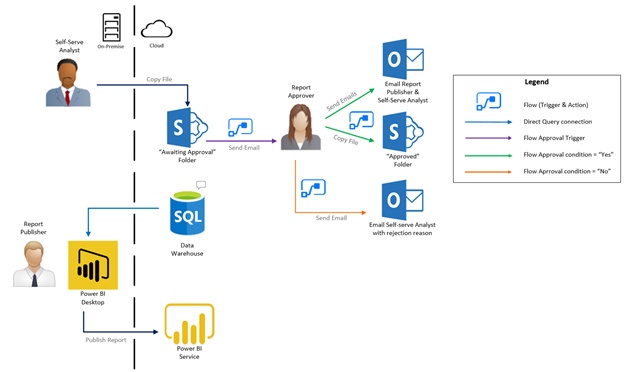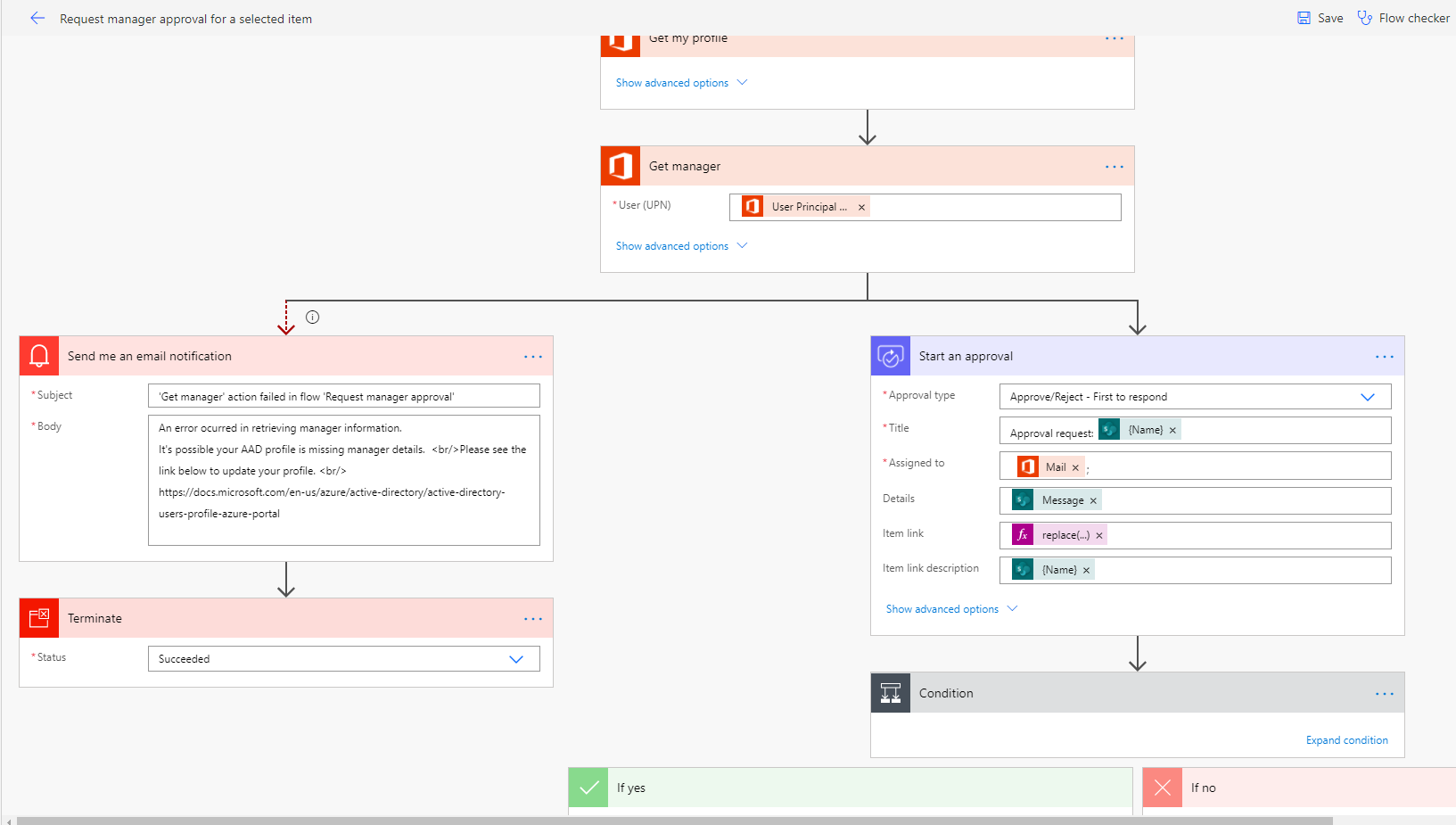

Similarly, you can copy a folder to a new destination with the Move folder action. If a folder already exists with the same name as the one that you want to copy into the Destination folder field, use the If folder exists drop-down menu to set this option to Overwrite to overwrite the folder in the destination, or you can set it to Do nothing. As shown in the following screenshot, information in these fields can be provided as paths or as folder-type variables. This action requires you to fill in the Copy folder and Destination folder fields. To copy a folder to a different directory, use the Copy folder action. The output of this action is a Folder type variable and contains the attributes that are shown in the following table.

The following screenshot shows that the previously retrieved special folder is used as the directory for the new folder, which will be named Files. For example, the Create folder action can reference the output of the Get special folder action. Specify the directory where you want to create the folder and the name of the new folder. The following screenshot shows the numerous examples of special folders whose paths can be retrieved.Ĭreate new folders with the Create folder action. The action stores the path in a variable to use with other file and folder handling actions. Under Special folder name, select the directory to retrieve, and its path will be displayed beneath. A basic understanding of how to use the Power Automate for desktop console and flow designer, and familiarity with managing files, folders and paths.įolder actions To retrieve the paths of commonly used directories, which vary among different users and computers, use the Get special folder action.Learn how to manage the properties of multiple files and folders.Learn how to create flows that manage files and folders.

Power Automate for desktop provides the files and folders actions to help accomplish this task. Manipulating files and folders is a fundamental part of most business processes.


 0 kommentar(er)
0 kommentar(er)
